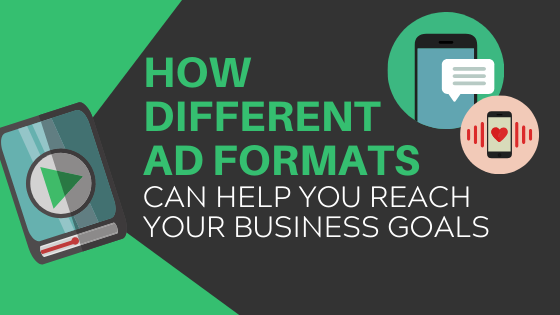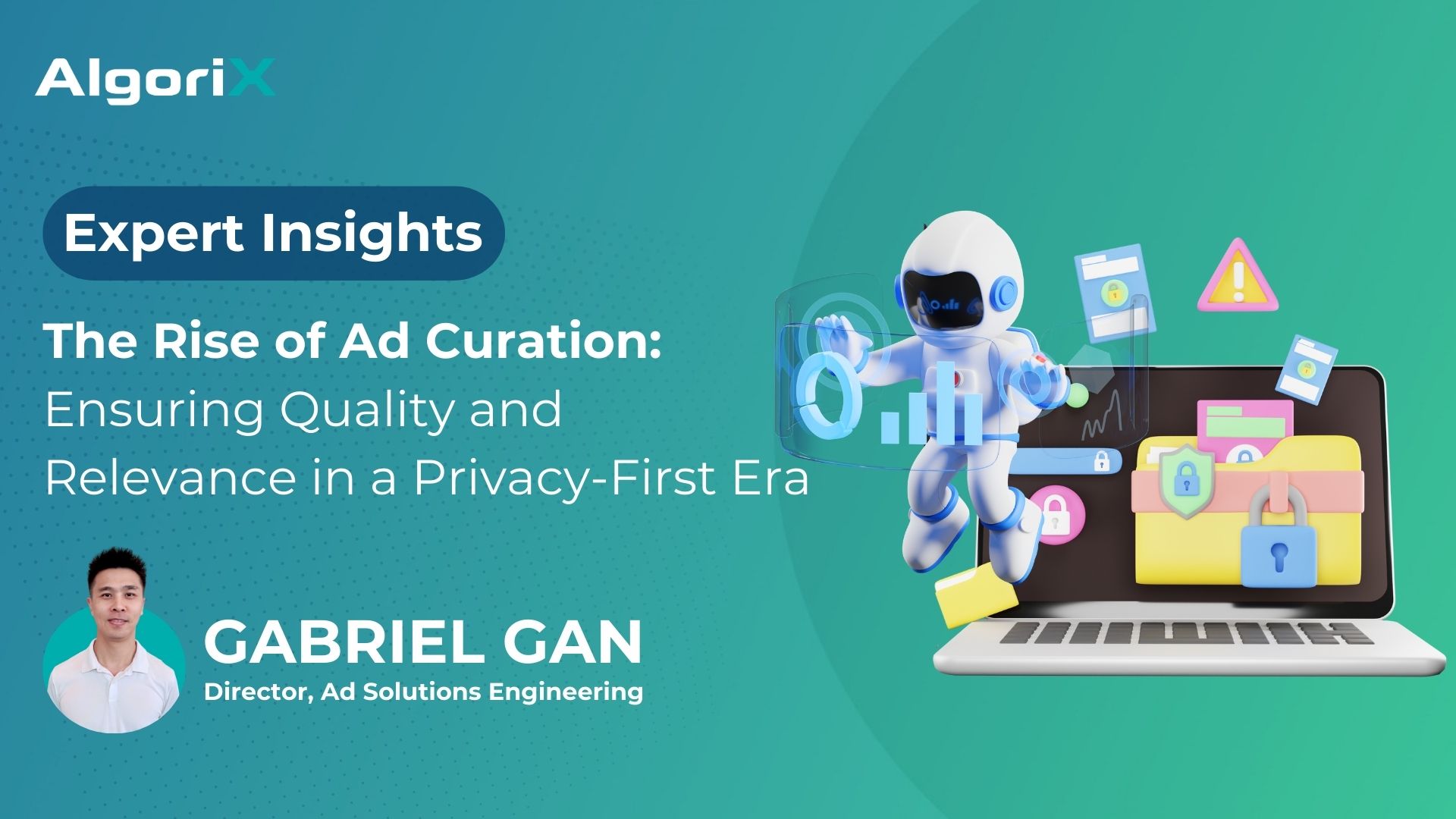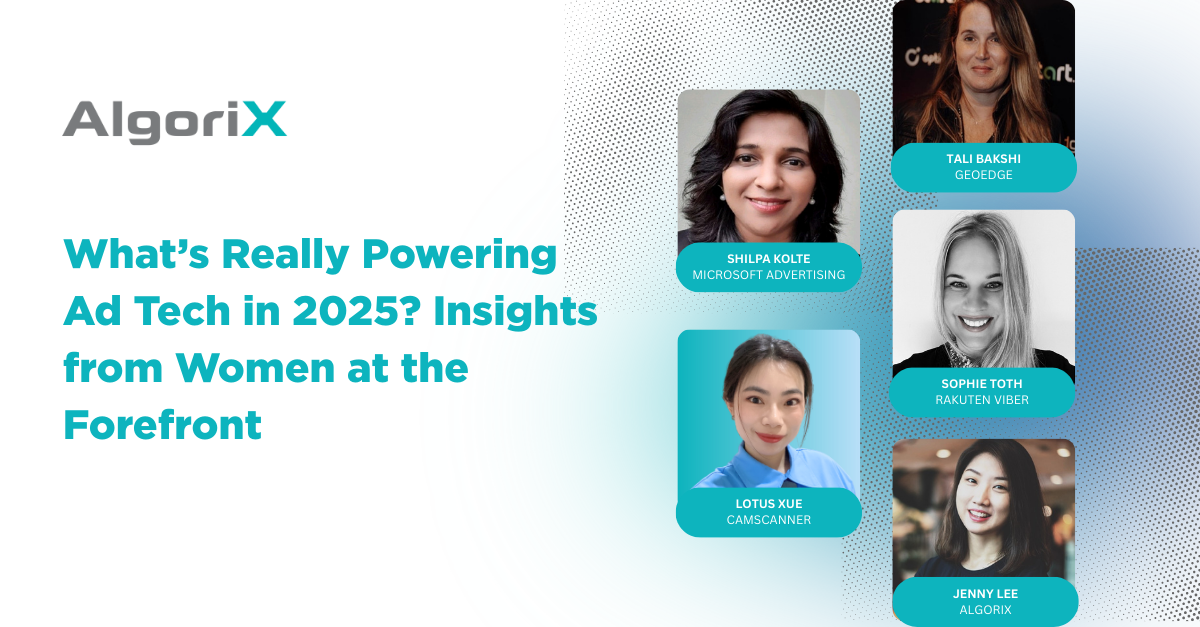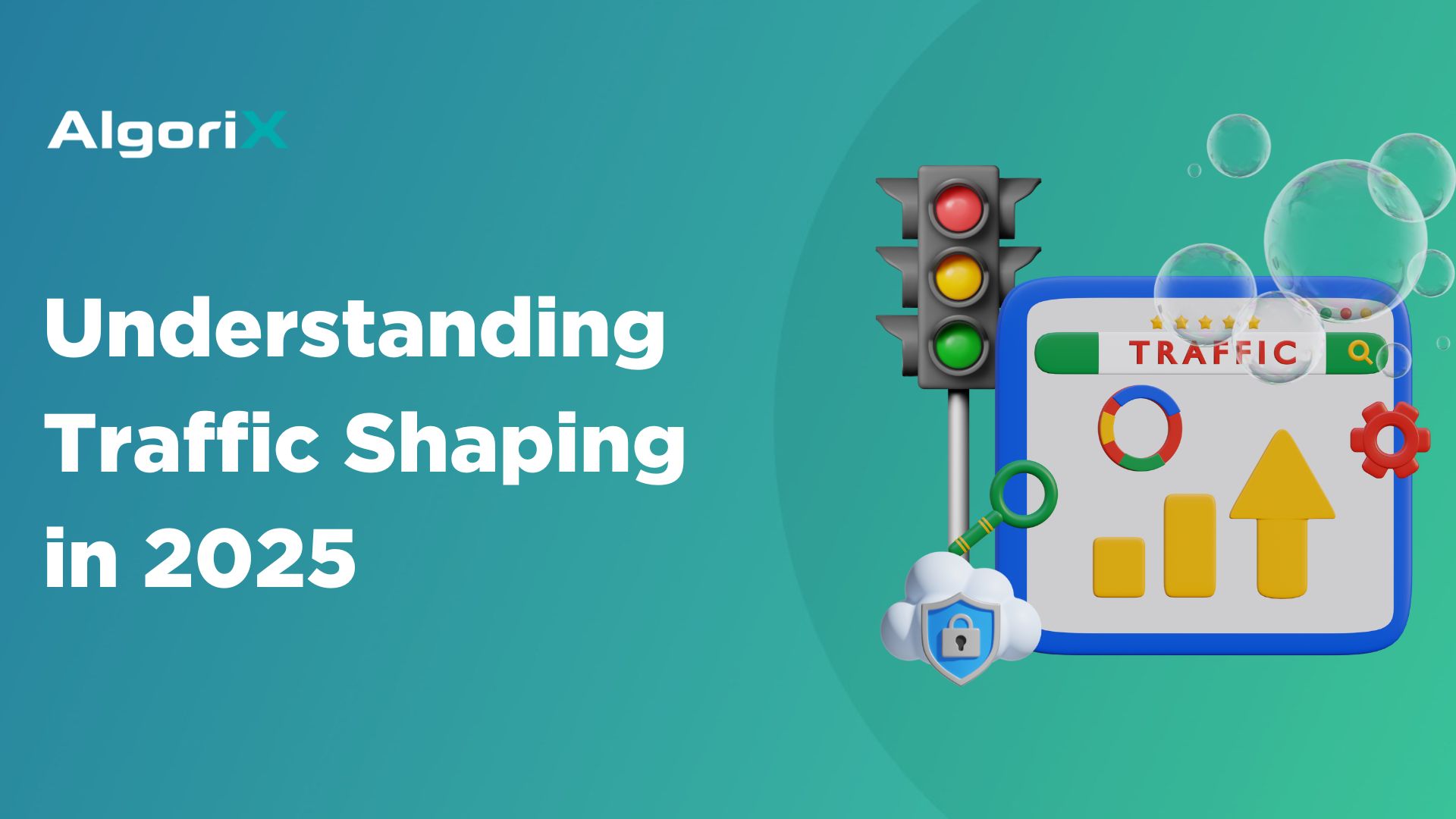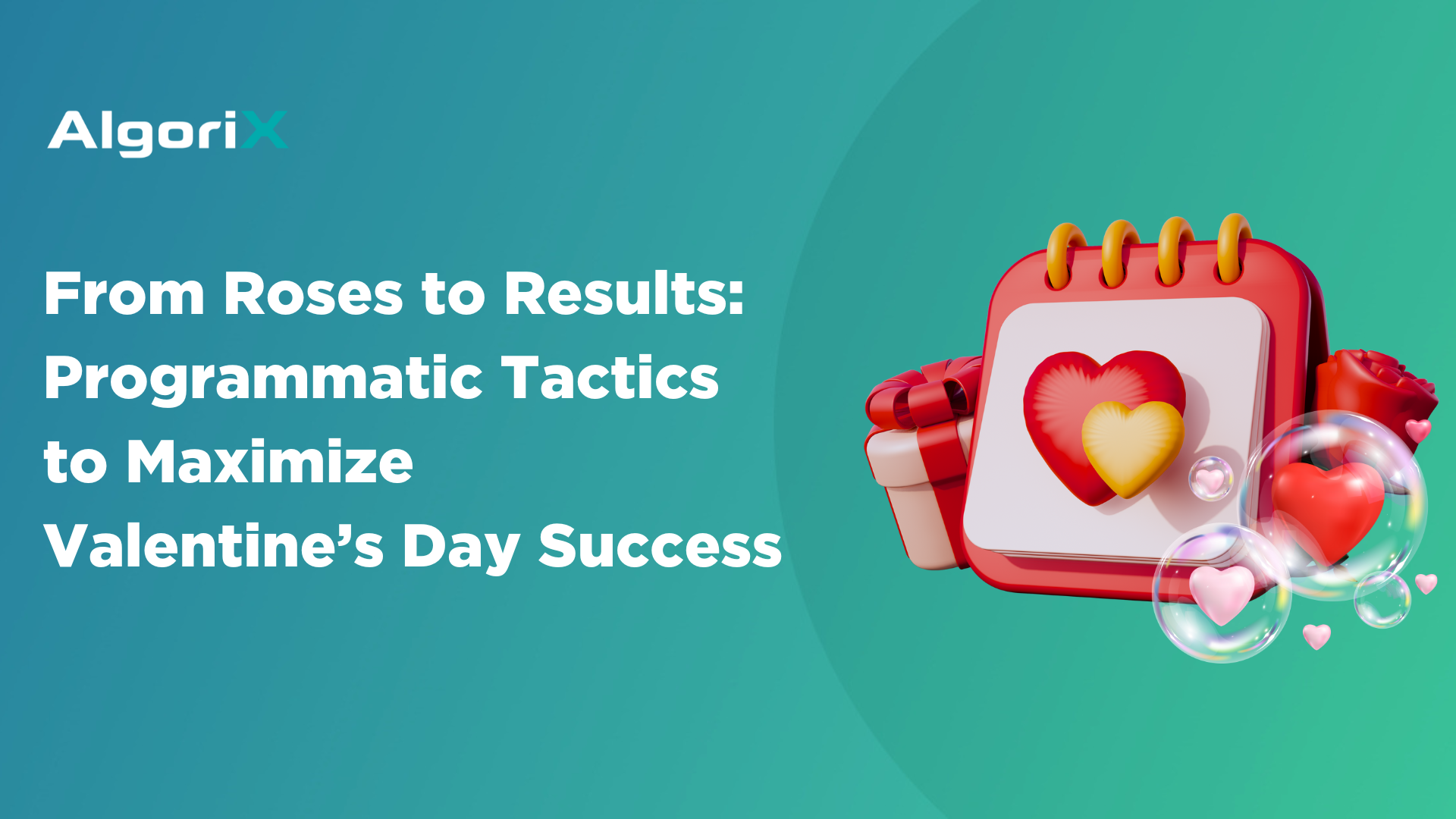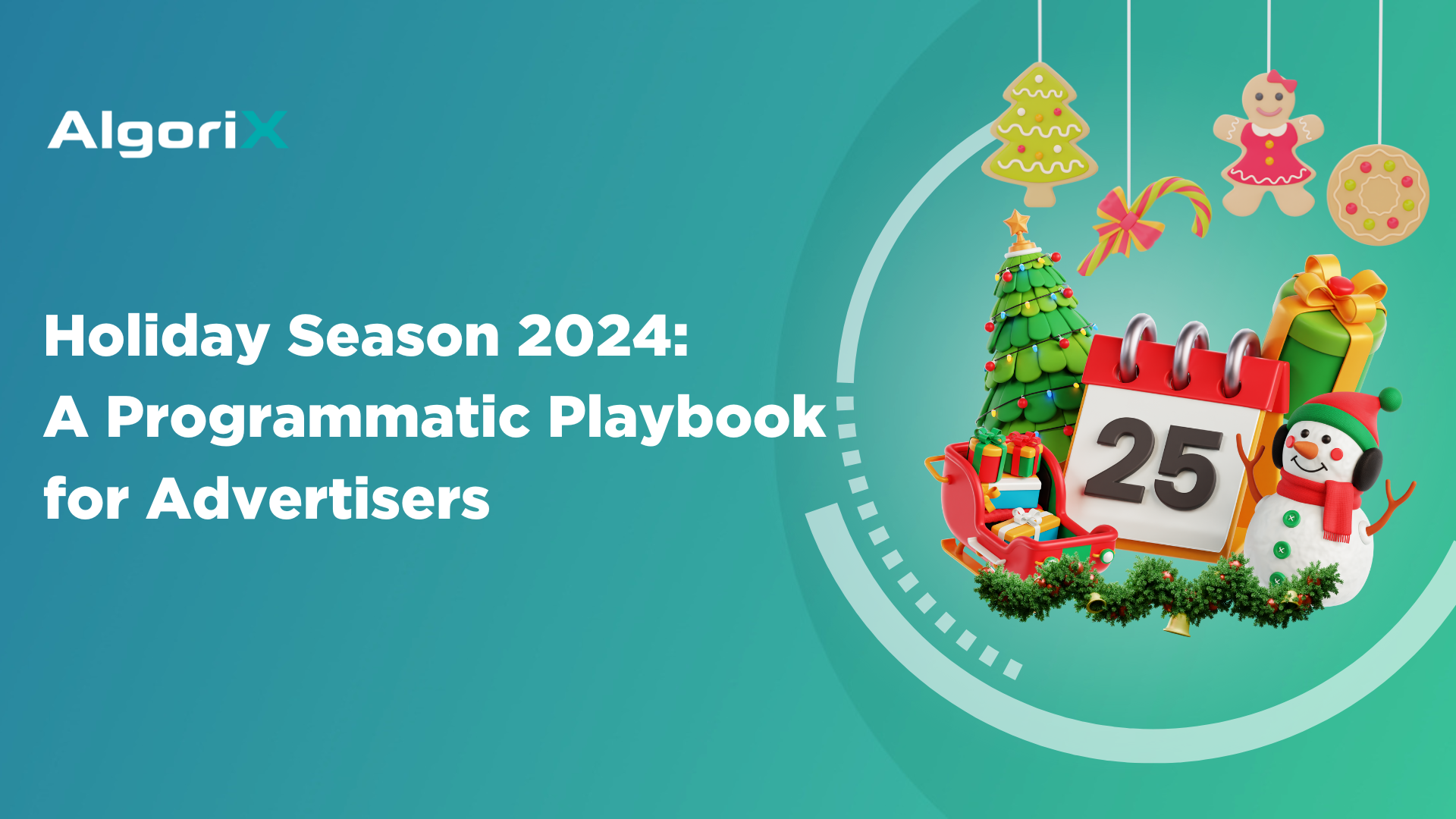You probably heard this many times before, “Mobile advertising is putting your message in front of the right consumers at the right time.” The amount of personalization in mobile advertising also means that running advertisements is not a one size fits all. Now, marketers are tasked to define the market segment and design a customer journey.
Have you ever wondered what type of advertisement works well for your target market? Better yet, what type of advertisement works well for a certain goal? It’s easy to get lost in the world of marketing and follow what’s trending only to discover it isn’t applicable to your brand or product. To guide you in choosing what media to use and attract your customers, Algorix listed the ad format available to you and how it could help you reach your business goals.

Classic banner ads are non-interfering and keep the user experience intact. Commonly seen at the top or bottom of the screen with the sizes of 300×250, 320×50, 320×100 and 300×50, depending on the device.
Best For:
The position and the size of the ad make it prone to ad-blindness syndrome and because of that, it is not advisable for brand awareness or visibility campaigns. Normally this ad format works for brands that are already recognized.

Medium Rectangle covers the eyes’ hotspot taking up most of the visible screen of the device. The ad could be a video or image with a size of 300 x 250 px which is the same across all devices.
Best For:
The ad format makes it possible to grab the attention of the user making it perfect for brand awareness or introducing a new product.

Interstitials are ads that fully cover the interface of their host app which appears between activities or game level intervals. It’s a 6-7 second ad that draws the user’s undivided attention and automatically disappears. Users have the option to tap the ad and proceed to its destination or close it and return to the app.
Best For:
Best for campaigns that have a clear Call-To-Action (CTA). These ads have high engagement because of the prime ad space and undivided attention.

Native ads, from the name itself, don’t look like an ad. They match the look and feel of the media they are in. It could be in the form of “in-feed”, “search & promoted listing”, or a “content recommendation”
Best For:
Mobile users are very aware of how ads look like. Using Native Advertising format lessens ad fatigue. Comparing display ads and Native ads, native ads often deliver higher CTRs, thus delivering higher ROIs.

It works similarly to interstitial ads but has a longer and wider range for plugins which include a photo gallery, video, location, CTA button, and others. The video is usually skippable after 15 seconds.
Best For:
Interstitial videos allow animated and interactive ads, which make it good for engagement. Just like normal interstitial ads, it’s good for campaigns with CTAs that direct users to a separate landing page. This ad format normally works well for gaming apps.

How It Works:
Pre-Roll Ads are video ads that play before the content a user has selected starts. These videos are normally 15, 30, or 60 seconds long. After 15 seconds, a user has an option to skip the ad that’s why it’s important to place important details right from the start.
Best For:
When advertisers wish to retarget previous website visitors or someone left a product in their cart, these video formats can be a good reminder about the value of the product or service. CTA buttons are available as well thus helping users land on the desired landing page.

Rewarded videos are non-skippable ads that normally run for 15-30 seconds with an in-app reward in the end. This type of ad is popular in the gaming industry.
Best For:
The incentive improves video completion which translates to brand awareness and better yet, conversion. If your campaign aims for a conversion action (for example, shop, download or even lead generation), this ad works because ad viewers stick until the end, delivering high click-through-rates (CTR).

